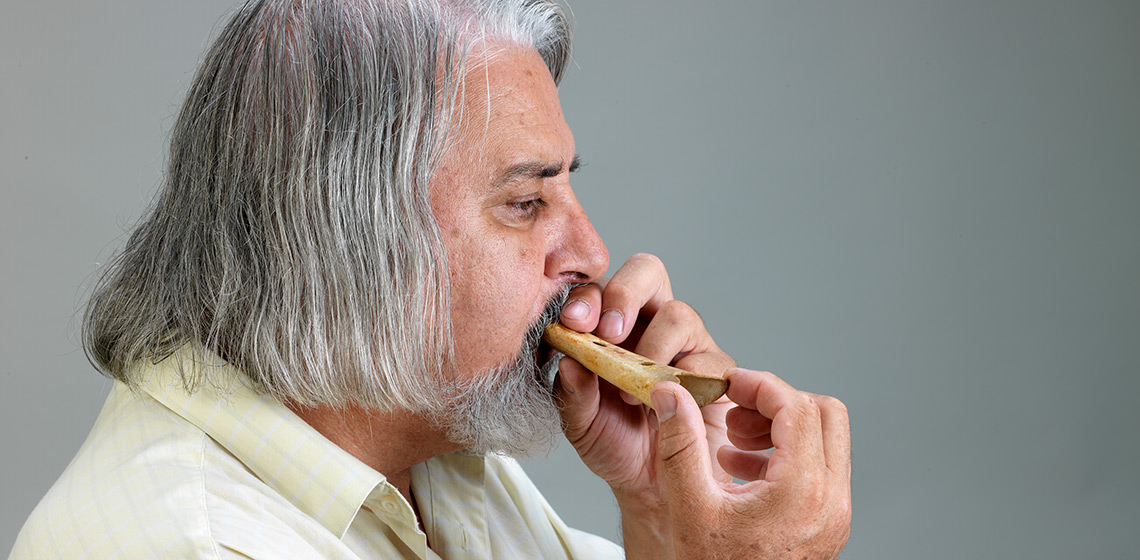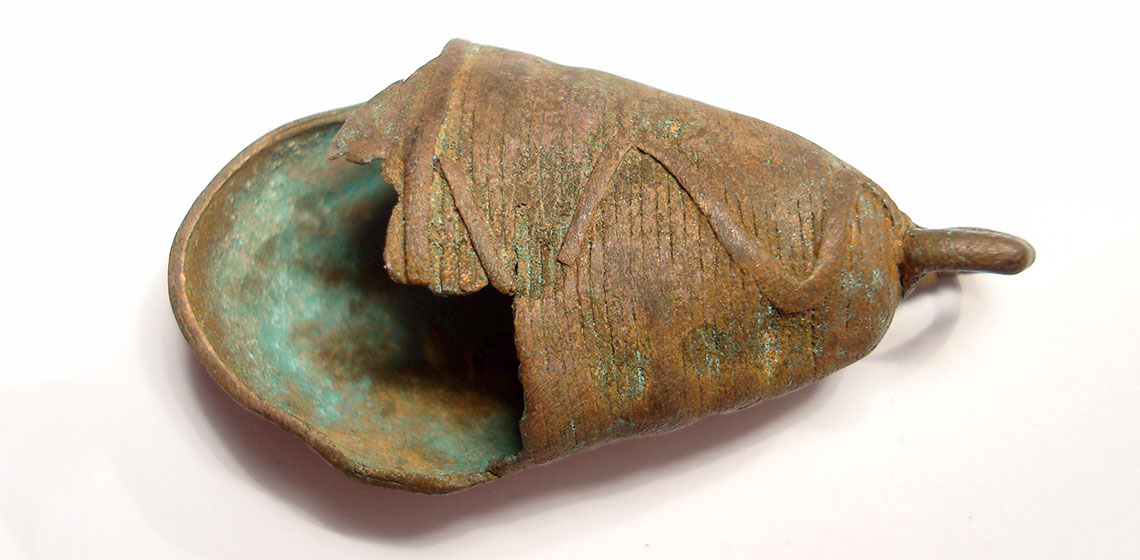music & musical instruments
Experimental Research on the Neanderthal Musical Instrument from Divje Babe I Cave (Slovenia)
***The supposition that an unusually perforated femur of a juvenile cave bear found at the Divje babe I Palaeolithic cave site in Slovenia could be a musical instrument led to heated debates. According to its archaeological context and chronostratigraphic position, if made by humans, it could only be attributed to Neanderthals...
Bottle Gourd as an Implement for the Poor in Roman Italy
Animal Teeth in a Late Mesolithic Woman’s Grave, Reconstructed as a Rattling Ornament on a Baby Pouch
***In one of the Late Mesolithic graves at Skateholm, Sweden, dating from 5500–4800 BC, was buried a woman together with a newborn baby. Altogether 32 perforated wild boar (Sus scrofa) teeth, along with traces of red ochre pigment, were found in this grave. We interpreted these artefacts as a rattling ornament decorating a baby pouch...
Music
Sound with rhythm and melody produced by singing or by musical instruments.
Where do modern musicians get medieval music from (NL)?
In different monasteries and libraries, sheet music dating back to the Middle Ages is kept.
What musical instruments did people use in the Middle Ages (NL)?
In those days, people knew stringed instruments like the harp, lyre, lute and the hardy-gurdy. The blown instruments they knew were horn, trumpet, bagpipes and flute. And then the percussion instruments: drums, timpani, rattle, clatter, bells, cymbals and tambourines.
Anatomy of Prehispanic Bells - Study of an Ancient Lost Process
The elaboration of bells in the Prehispanic Era was of great importance due to the special meaning attributed to them in religious ceremonies. Today, knowledge of the techniques that were used in their fabrication is scant and lacking in detail. For that reason, the objective of the present study was to carry out a morphological study of bells from western Mexico...
Fotevikens Museum (SE)
25 km south of Malmö, Sweden, you will find the Archaeological Open-Air Museum of Foteviken. Inside a city wall open toward the sea, the world’s only attempt to recreate an entire Viking Age town shows a number of streets with 23 houses and homesteads, reflecting life in a late Viking Age and early Middle Age town in 1134 AD.
25 km south of Malmö, Sweden, you will find the Archaeological Open-Air Museum of Foteviken. Inside a city wall open toward the sea, the world’s only attempt to recreate an entire Viking Age town shows a number of streets with 23 houses and homesteads...
Archeon (NL)
After 15 years of preparation, 1994 the first Dutch archaeological theme park opened in Alphen aan den Rijn, not far from The Hague, Utrecht and Amsterdam, an area which houses 6 million inhabitants. Archeon covers 10,000 years of human development in the Netherlands. From hunter-gatherers in the Stone Age and farmers in the Bronze and Iron Ages, through the Roman period and right up to everyday life in 1340 AD, “Archaeo-interpreters” show what life was like in “their time” in the 43 reconstructed buildings
Founded in 1994, Archeon covers 10,000 years of human development in the Netherlands. From hunter-gatherers in the Stone Age and farmers in the Bronze and Iron Ages, through the Roman period and right up to everyday life in 1340 AD, “Archaeo-interpreters” show what life was...






